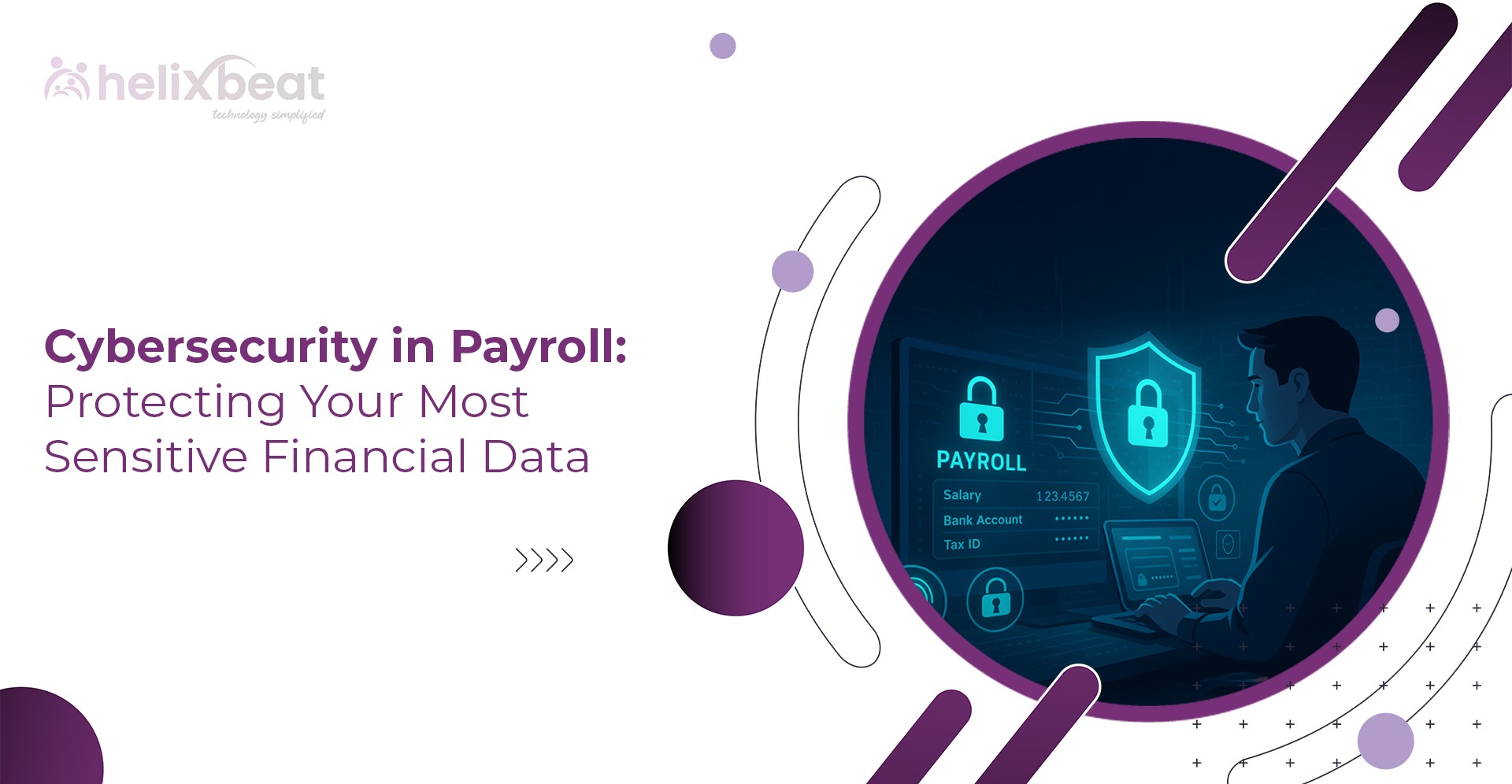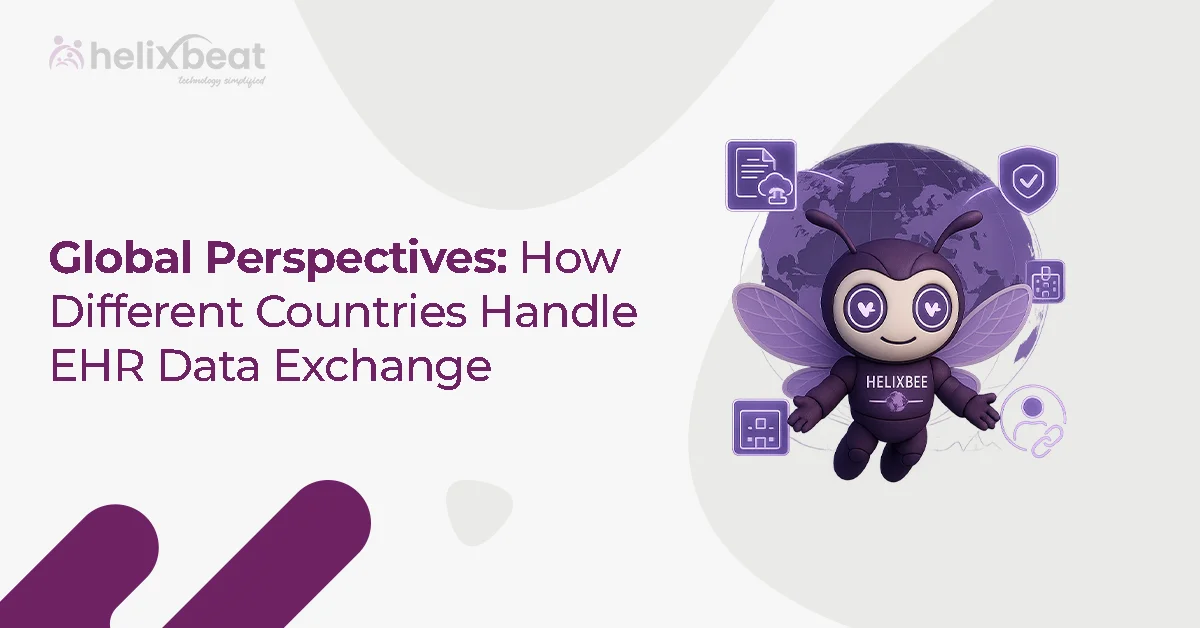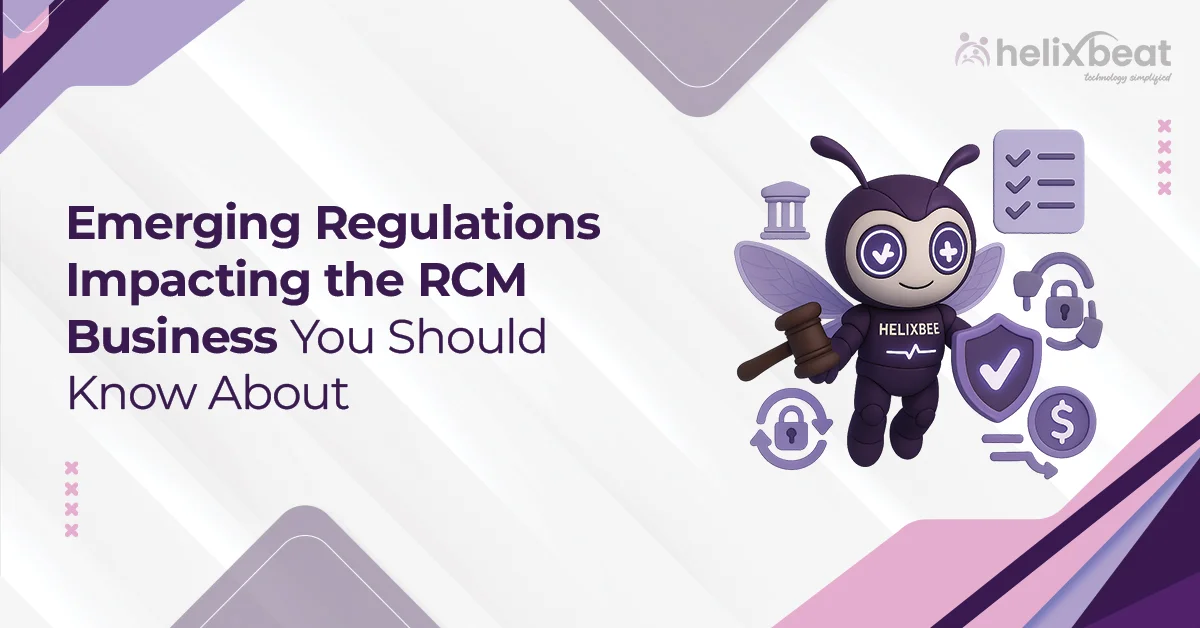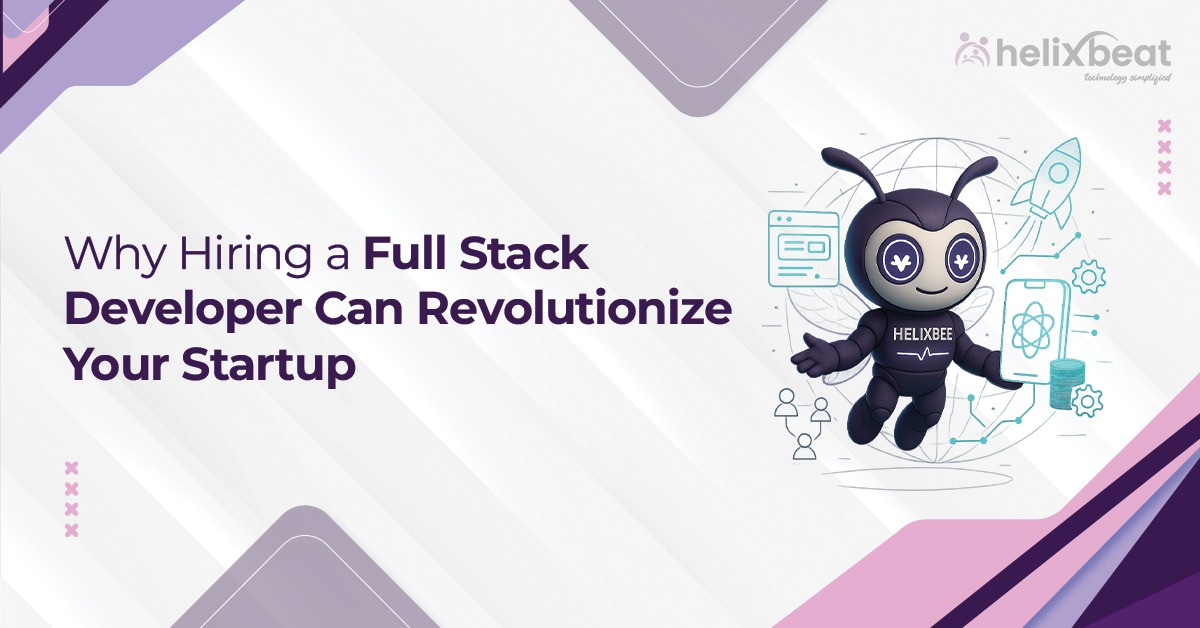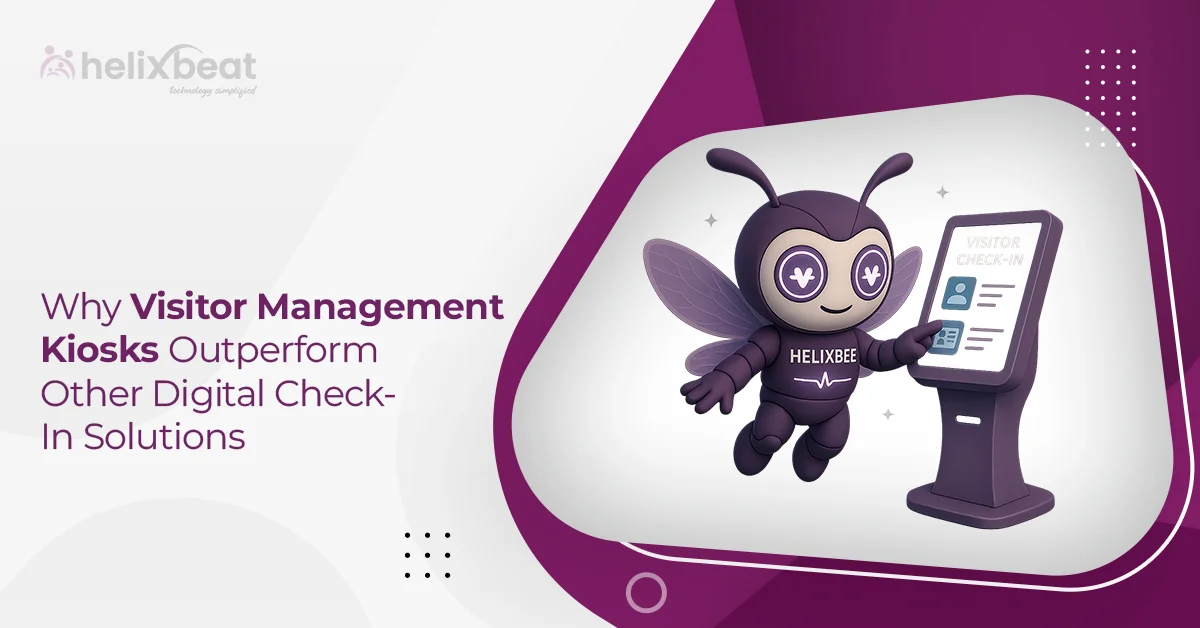Payroll systems hold sensitive employee information, making them prime targets for cyberattacks such as phishing emails, ransomware, and insider threats. Unfortunately, many organizations still rely on outdated or manual payroll processes, which can increase the chances of data breaches and create compliance challenges.
That’s where modern human resources management systems like Synergy come in. Synergy offers a secure, automated payroll solution with robust features like data encryption and multi-factor authentication. These tools protect employee data, reduce errors and fraud, and simplify payroll management, all while helping businesses stay compliant with regulations.
In this blog, we’ll explore why strong cybersecurity in payroll systems is essential and how Synergy helps organizations build a safer payroll environment.
Table of Contents
Why Cybersecurity is important in payroll systems
Payroll systems contain sensitive employee data like personal IDs, bank details, and salary information, making them prime targets for cyberattacks. A breach can cause financial loss, legal issues, and damage to employee trust. To protect this critical data, organizations must prioritize cybersecurity in payroll by implementing strong security measures.
Synergy HRMS offers encryption, multi-factor authentication, and role-based access control to guard payroll information against unauthorized access. Its automated processes also reduce human error and insider risks, helping businesses maintain compliance and protect their workforce effectively.
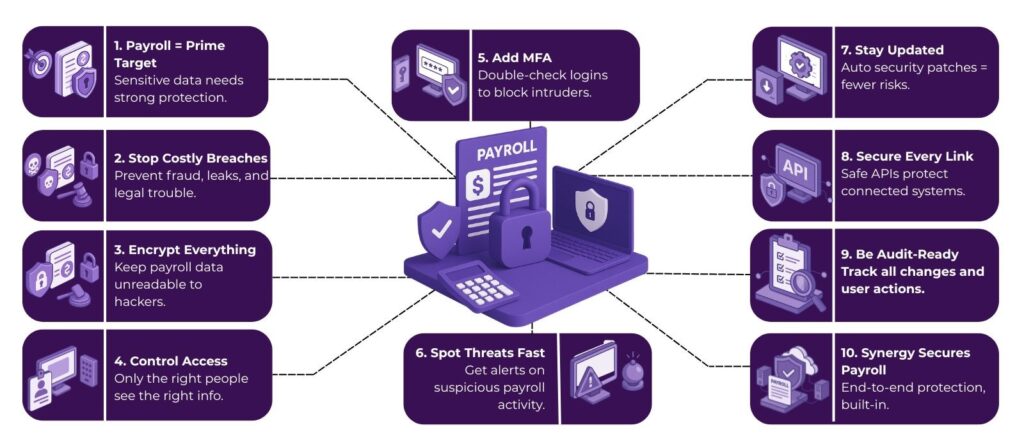
What are the Consequences of a Payroll Data Breach
1. Financial Losses and Fraud
A payroll data breach can lead to direct financial losses through fraudulent transactions, unauthorized fund transfers, or manipulated payroll records, costing the company huge amount. Strengthening cybersecurity in payroll systems is essential to prevent such threats and safeguard financial integrity.
2. Legal Penalties and Regulatory Fines
Organizations may face heavy fines and legal action if they fail to protect employee payroll data in compliance with data protection laws like GDPR or local regulations, damaging their financial standing. Giving importance to cybersecurity in payroll helps to meet regulatory compliance and reduces the risk of penalties.
3. Damage to Employee Trust and Morale
When sensitive payroll information is exposed, employees may lose trust in the company’s ability to protect their privacy, leading to untrustworthy.
4. Reputational Damage and Loss of Business
A data breach can harm a company’s public image, resulting in loss of customers, partners, and future business opportunities, sometimes with long-lasting effects. Solid cybersecurity in payroll systems are crucial for maintaining a trustworthy reputation inside and outside the organization.
How Synergy Strengthens Cybersecurity in Payroll
1. Advanced Data Encryption for Payroll Protection
Synergy use advanced encryption techniques to secure payroll data both when stored (at rest) and while being transferred over networks (in transit). This means sensitive information like employee bank details or salary data are converted into unreadable code for anyone without proper authorization.
For example, if a hacker tries to intercept payroll data during transmission, encryption renders the data useless and unreadable, protecting your business from costly data breaches.
2. Role-Based Access Controls and User Authentication
Not everyone in the company needs full access to payroll data. Synergy uses role-based access controls, allowing only authorized personnel such as payroll managers or HR executives to view or edit sensitive information. Additionally, multi-factor authentication (MFA) requires users to verify their identity with more than just a password, like a mobile app code.
For instance, even if a password is compromised, MFA acts as a second barrier against unauthorized access, reducing insider threats significantly.
3. Real-Time Threat Detection and Monitoring
Synergy’s system continuously scans payroll activities for unusual patterns that could indicate a cyber-attack, such as repeated failed login attempts or data downloads outside normal hours.
For example, if an employee’s account suddenly tries to access payroll records at midnight, Synergy flags this behavior and alerts the security team to investigate, allowing immediate action to prevent data theft or fraud.
4. Automated Compliance and Security Updates
Cybersecurity standards and payroll regulations change regularly. Synergy automatically updates its software to comply with the latest security patches and legal requirements, reducing the risk of vulnerabilities.
For example, when new data privacy laws come into usage, Synergy adapts its processes, so your payroll system remains compliant without manual intervention, helping avoid legal penalties.
Top 6 Security Features Your Payroll Software Should Have
1. Data Encryption (At Rest and In Transit)
Look for payroll software that encrypts data both while stored and during transmission. This protects sensitive employee and financial information from being intercepted or accessed by unauthorized parties.
2. Role-Based Access Control (RBAC)
The software should limit access based on user roles, ensuring only authorized personnel can view or modify payroll data. This reduces insider threats and minimizes human error risks.
3. Multi-Factor Authentication (MFA)
MFA adds an extra layer of security by requiring users to verify their identity with more than just a password, such as a code sent to their phone or biometric verification.
4. Audit Trails and Activity Monitoring
A secure payroll system tracks and logs all user activities, creating an audit trail. This feature helps detect suspicious actions, supports compliance audits, and facilitates forensic analysis after a security incident.
5. Secure API Integrations
Payroll software often connects with other systems like HR or accounting tools. Look for solutions that provide secure APIs to prevent vulnerabilities during data exchange.
6. Automatic Security Updates and Patch Management
Regular updates and timely patching protect payroll software from new and emerging cyber threats. Automated updates reduce the risk of security gaps caused by outdated software versions.
Role of Synergy in Cybersecurity Threats
1. Protecting Against Social Engineering Attacks
Synergy provides employee training modules and advanced email filtering tools to recognize and block phishing attempts that target payroll credentials. By educating users and filtering suspicious communications, Synergy reduces the risk of attackers gaining access through deceptive tactics.
2. Preventing Insider Threats with Access Controls
Synergy limits access to sensitive payroll data through strict role-based permissions and monitors user activity in real time. This minimizes the chance of intentional or accidental data leaks by internal staff.
3. Defending Against Malware and Ransomware
Synergy integrates with robust antivirus and anti-malware solutions and employs behavior-based threat detection to identify and block malicious software that could corrupt payroll systems or lock down data for ransom.
4. Ensuring Data Integrity and Backup for Recovery
Synergy implements secure, automated backups and data integrity checks. In case of a cyber attack or system failure, businesses can quickly restore accurate payroll data, minimizing downtime and financial impact.
Final thoughts
Nowadays, keeping payroll data secure is essential for every business. As cyberattacks increasingly target sensitive employee and payment information, strong cybersecurity in payroll is crucial to protect your company’s finances and reputation.
Synergy offers a comprehensive solution to these challenges. With advanced encryption, controlled access, real-time monitoring, and automatic updates, Synergy safeguards your payroll software security and employee payroll data from evolving cyber threats.
By choosing Synergy, you can focus on growing your business without worrying about payroll data risks. Contact Synergy today to understand how we can help you keep your payroll data safe and secure.
FAQ:
1. What is payroll security?
Payroll security refers to the measures and practices used to protect sensitive payroll data, such as employee salaries, bank details, and tax information, from unauthorized access, theft, or fraud.
2. What is cyber security in HR?
Cyber security in HR means protecting human resources systems and employee data from cyber threats like hacking, phishing, and data breaches, ensuring that personal and payroll information stays safe.
3. What is the biggest challenge of payroll?
The biggest challenge of payroll is protecting sensitive employee information while making sure payments are accurate and timely, especially with growing cyber threats and complex tax rules.
4. Which software is used for payroll?
Common payroll software tools like Helixbeat’s Synergy that helps to automate salary calculations, tax deductions, and compliance.
5. What is the main purpose of payroll?
The main purpose of payroll is to accurately calculate and distribute employee wages, manage tax deductions, and keep records of payments and compliance with labor laws.
6. What is payroll system in HR?
A payroll system in HR is a software or process that handles employee payment calculations, tax withholdings, benefits, and record-keeping, often integrated with HR management for smooth operations.



